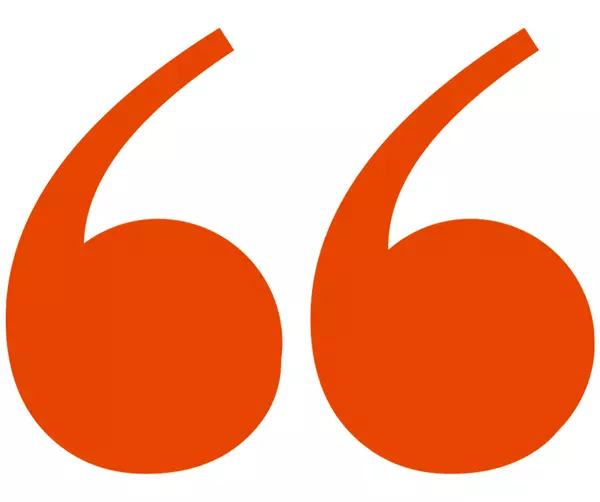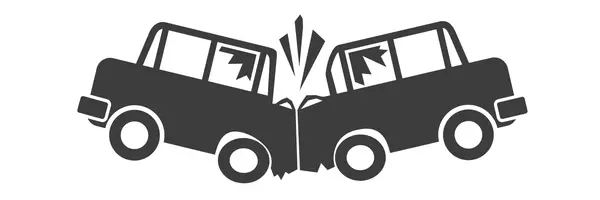What is DTI & Why do I Care?

The first step in buying a house is to get pre-qualified for a mortgage. Without this, the process won't go far - few agents will work with you until you've been pre-qualified and few sellers will accept your offers if you’re not pre-qualified. For your own sake, pre-qualification also lets you know how much house you can buy and what it will cost you each month. (For the sake of this article, ‘pre-qualified’ and ‘pre-approved’ are the same thing.)
To determine if it wants to loan you a whole lot of money, the bank is going to take a very in-depth look at your finances and credit. It may seem invasive and annoying and sometimes the bank will ask for the same things multiple times. But they're the proverbial elephant in the room and if you simply furnish what they request, you'll save yourself some unproductive stress. (And, in all fairness, if you were loaning someone hundreds of thousands of dollars, you'd probably be pretty careful as well!)
All of this stuff that the bank is going to ask for basically falls within "The 4 C's" (a clever, clever name, as what follows will show you): your Credit, your Collateral, your Capital, and your Capacity. (We'll get into all of the "C's" in future blog posts - all four are, after all, inextricably interrelated and each deserves its time in the limelight.) For today, we're going to talk about Capacity. Capacity describes your ability to repay a loan to the bank.
And this is where DTI finally enters the story. We're going to discuss Capacity in terms of your DTI. Your DTI is your debt-to-income ratio (a.k.a. 'debt ratio'), that is, your monthly debt divided by your monthly gross income. The lower your debt ratio, the more likely you are, statistically, to make your monthly payments and to make them on time. So banks like lower DTI's.
Every loan has guidelines and within these guidelines will be the maximum debt ratios. But to make things confusing, most banks' debt ratios aren't written in stone. For example, a high credit score, substantial savings, or a large down payment are 'compensating factors'; with these, the bank may allow a higher debt-to-income ratio. Conversely if you have no savings and a dicey credit score or history, there may not be a lot of stretch allowed. Many - dare I boldly say, most - loan submissions are analyzed by a computer nowadays. So the data is entered and the computer spits out an approval or denial. The computer uses an algorithm, meaning there are no hard-and-fast rules... the computer looks at the overall picture, including DTI, credit score, down payment, income, et al., and says 'Yea' or 'Nay'.
There are 2 DTI ratios: the front-end debt ratio and the back-end debt ratio. The front-end ratio is known as your "housing ratio" which considers your proposed monthly housing payment as it relates to your income. The back-end ratio includes not only your proposed housing expenses but also your consumer debt payments.
Know that both ratios exist but we will be discussing the back-end ratio from here on out, just to keep things simple. The math principles, compensating factors, and so on, work the same way for both ratios.
The I in DTI
In all cases, the income used is your gross income, i.e. your income before all of those pesky things like taxes, et cetera, are removed. Income’s more straightforward than…
The D in DTI
So let's talk about the D, also known as your debt. To calculate your back-end ratio, we need your (proposed) monthly housing debt and your (current) monthly consumer debt.
By proposed monthly housing debt, I mean that the bank is going to use the payments on a house that you don’t actually own yet – the hypothetical payment on a new home.
Your housing debt is made up of the following:
- Your projected monthly principal and interest payment,
- Your projected property tax payment,
- Your projected homeowner’s insurance payment,
- Your projected homeowner’s association (HOA) dues.
Your consumer debt is, generally-speaking, everything listed on your credit report (that has a monthly payment at the time of the report) and sometimes other things (court-ordered payments, for example). The bank isn't going to ask about your water bill or how much you spend on groceries. We're talking about car payments, boat payments, credit cards, student loans (there are often special rules around student loans, by the way), and probably alimony and child support...
Now that we’ve got some definitions, let's look at the example below.
Your gross income is $96,000 per year. We divide that by the twelve months of the year to come up with a monthly income of $8,000. So far, so good.
The monthly payment on your proposed house will be: your loan amount (principal plus interest) of $1,750/month, your property taxes of $215 per month, your homeowner's insurance of $79/month, and you have a monthly HOA payment of $60 (this goes to maintain the rec room and common areas, like the greenspace for dogs).

Total proposed housing payment: $1,750 + $215 + $79 + $60 = $2,104/month.
In addition you have a car payment of $348/month, a credit card with a payment of $39/month, and a child support payment of $376/month.
Total non-housing debt is $348 + $39 + $376 = $763/month.
Your total monthly housing debt payment plus consumer/other monthly debt payment is: $2,104 + $763 = $2,867/month.
Now, for the DTI. Simply divide the total debt by the income which leads us to a ratio (a percentage). So, in our example, your total debt divided by your gross income: $2,867 / $8,000 = 35.8% back-end debt ratio. This is a reasonable debt ratio and will satisfy most loan program guidelines.
But now let's throw a boat in. Not literally - boats are quite heavy.
You decided, last June, that a boat was a good thing to have. But you didn’t have the cash so you financed it. The payments are (ouch!) $1,100/month. With this additional debt, your total, combined debt is $3,967/month ($2,867 from before plus $1,100 for the boat). Now we divide the new total debt payment by the same income: $3,967/$8,000. Your new debt ratio is 49.6%.
While it's possible to have a back-end debt ratio near (or even above) 50% (in some loan programs though not all), this is where you get into the compensating factors we discussed earlier. If you have strong credit and 30% down, you're much more likely to qualify for this loan with a 49.6% back-end debt ratio than someone who has had late payments and has a down payment of only 5%.
And there you have it! A debt-to-income ratio. It’s a thrill-a-minute concept!
But wait! There’s one more thing…
The bank says you’re just fine getting this loan. But, guess what? That’s not the bank’s decision. While you can’t really go higher than the bank says (unless you have a stockpile of cash), you can certainly go lower.
Once you’ve established what the bank’s maximum is, sit down and figure out what your maximum is. Remember that the price of the home you’ve been pre-qualified for is unimportant… you’re buying the monthly payment. And you don’t want to get tied to a loan that you can’t or don’t want to pay every month. It’s not necessarily easy or inexpensive to get out of a real estate loan quickly.
So, contrary to popular belief, it's not always the case that just because you can buy a house for a certain amount that you should buy that house. It’s important that you agree with the bank’s judgement of what’s affordable. The question of whether you’re OK with a certain payment is ultimately up to you.
Categories
- All Blogs (15)
- Buyer (7)
- Economics (2)
- Financing (5)
- Holiday (1)
- Investor (3)
- Lake Oswego (1)
- Loan (4)
- Molalla (1)
- Mortgage (4)
- Neighborhoods (1)
- Portland Oregon (2)
- Pre-approval (3)
- Pre-qualify (1)
- Real Estate Knowledge (7)
- Real Estate Market (5)
- Real Estate Terms (1)
- Seller (4)
- Things to do in Portland Oregon (2)
Recent Posts










GET MORE INFORMATION

